Transcription of International Macroeconomics
1 International Macroeconomics Schmitt-Groh e1 Uribe2 Woodford3. Last updated: May 4, 2016. 1. Columbia University. E-mail: 2. Columbia University. E-mail: 3. Columbia University. E-mail: ii Contents 1 Global Imbalances 1. Balance-of-Payments Accounting .. 1. The Current Account .. 7. Trade Balances and Current-Account Balances Across Countries 10. Imbalances in Merchandise Trade .. 14. The Current Account and the Net International Investment Position 15. Valuation Changes and the Net International Investment Position 18. The Negative NIIP And Positive NII Paradox: Dark Matter? 26. Dark Matter .. 27. Return Differentials .. 29. Who Lends and Who Borrows Around the world ?
2 31. Exercises .. 34. 2 Current Account Sustainability 41. Can a Country Run a Perpetual Trade Balance Deficit? .. 41. Can a Country Run a Perpetual Current Account Deficit? . 45. Savings, Investment, and the Current Account .. 47. iii iv CONTENTS. Current Account Deficits As Declines in the Net International Investment Positi Current Account Deficits As Reflections of Trade Deficits 48. The Current Account As The Gap Between Savings and Investment 49. The Current Account As the Gap Between National Income and Domestic Absor Four Ways of Viewing the Current Account .. 52. Appendix: Perpetual Trade-Balance and Current-Account Deficits in Infinite-Horizon E.
3 Exercises .. 58. 3 A Theory of Current Account Determination 61. A Small Open Economy .. 61. The Intertemporal Budget Constraint .. 64. The Lifetime Utility Function .. 66. The Optimal Intertemporal Allocation of Consumption 68. Equilibrium .. 71. Temporary Versus Permanent Output Shocks .. 75. Temporary Output Shocks .. 77. Permanent Output Shocks .. 80. Terms-of-Trade Shocks .. 82. Imperfect Information, Terms-of-Trade Shocks, And The Current Account 84. world Interest Rate Shocks .. 87. An Economy with Logarithmic Preferences .. 89. Capital Controls .. 92. Exercises .. 97. 4 Current Account Determination in a Production Economy 107. The Investment Decision of Firms.
4 108. CONTENTS v Households .. 119. Equilibrium .. 121. The Savings Schedule .. 123. Collateral Constraints and Financial Shocks .. 128. Exercises .. 129. 5 Uncertainty and the Current Account 133. The Great Moderation .. 134. The Great Moderation And The Emergence of Current Account Imbalances137. A Small Open Economy Model With Uncertainty .. 137. Exercises .. 144. 6 External Adjustment in Small and Large Economies 151. The Current Account Schedule .. 151. External Adjustment in a Small Open Economy .. 154. Interest Rate Shocks .. 155. Temporary Output Shock .. 156. An investment surge .. 157. Country Risk Premia .. 159. External Adjustment in a Large Open Economy.
5 161. The Global Saving Glut Hypothesis .. 163. The Period 1996 to 2006 .. 164. The Period 2006 to 2012 .. 168. Optimal Capital Controls in a Two-Country Model .. 169. Market Clearing in world Capital Markets .. 175. Equilibrium Under Free Capital Mobility .. 176. vi CONTENTS. Equilibrium when country C imposes capital controls 178. Exercises .. 185. 7 Twin Deficits: Fiscal Deficits and Current Account Imbalances 189. Twin Deficits in the United States .. 190. Testable Implications of the Twin Deficit Hypothesis .. 192. The government sector in the open economy .. 199. Ricardian Equivalence .. 204. Then what was it? .. 208. Government Spending and Current Account Deficits.
6 208. Failure of Ricardian Equivalence .. 211. Borrowing Constraints .. 211. Intergenerational Effects .. 215. Distortionary Taxation .. 215. Exercises .. 218. 8 International Capital Market Integration 225. Measuring the degree of capital mobility: (I) Saving-Investment correlations226. Measuring capital mobility: (II) Interest rate differentials .. 234. Covered interest rate parity .. 235. Real interest rate differentials and capital market integration242. Exchange Risk Premium (f se ) .. 246. Expected Real Depreciation, se s + e e .. 247. Uncovered Interest Rate Parity .. 250. Asset Pricing in a 2-Period Small Open Economy .. 251. The Forward Premium Puzzle.
7 260. CONTENTS vii Carry Trade .. 262. Exercises .. 266. 9 Determinants of the Real Exchange Rate 269. The Law of One Price .. 269. Purchasing Power Parity .. 273. Does Relative PPP Hold? .. 276. Nontradable Goods and Deviations from Absolute PPP .. 280. Productivity Differentials and Real Exchange Rates: The Balassa-Samuelson Model 284. Application: The Real Exchange Rate and Labor Productivity: 1970-1993290. Application: Deviations from PPP observed between rich and poor countries292. Trade Barriers and Real Exchange Rates .. 294. Microfoundations of Price Indices .. 296. Exercises .. 303. 10 Aggregate Demand Shocks And Real Exchange Rates 311. The Argentine Sudden Stop of 2001.
8 311. The TNT Model .. 319. Real Exchange Rate Adjustment Under a Sudden Stop .. 325. The Chilean Sudden Stop of the 1980s .. 326. The Turkish Sudden Stop of 2001 .. 327. Exercises .. 328. 11 Exchange Rate Policy and Unemployment 333. The Great Recession in Peripheral Europe: 2008-2011 .. 333. The Model .. 336. viii CONTENTS. The Production of Nontraded Goods .. 336. The Problem of Households .. 340. The Determination of Wages and Disequilibrium in the Labor Market346. A Sudden Stop, r1 , leads to a contraction in traded consumption, cT1 349. Managing a Currency Peg .. 351. Exercises .. 355. 12 The Macroeconomics of External Debt 361. The debt crisis of developing countries of the 1980s.
9 361. The resurgence of capital inflows to developing countries in the 1990s368. The Debt Burden .. 371. Debt Reduction Schemes .. 374. Unilateral Debt Forgiveness .. 374. Debt Overhang .. 376. The Free Rider Problem In Debt Forgiveness .. 380. Third-party debt buy-backs .. 380. Debt swaps .. 382. Exercises .. 385. 13 Monetary Policy and Nominal Exchange Rate Determination 387. The quantity theory of money .. 388. A floating (or Flexible) Exchange Rate Regime .. 390. Fixed Exchange Rate Regime .. 391. Fiscal deficits, inflation, and the exchange rate .. 392. The Demand For Money .. 393. Purchasing power parity (PPP) .. 394. CONTENTS ix The interest parity condition.
10 395. The government budget constraint .. 396. A fixed exchange rate regime .. 398. Fiscal deficits and the sustainability of currency pegs . 399. A constant-money-growth-rate regime .. 402. The Inflation Tax .. 405. The Inflation Tax Laffer Curve .. 407. Inflationary finance .. 407. Money growth and inflation in a growing economy .. 412. Balance-of-payments crises .. 414. Appendix: A dynamic optimizing model of the demand for money422. x CONTENTS. Chapter 1. Global Imbalances In the past three decades, the world has witnessed the emergence of large external debt positions in some countries and large asset positions in others. The United States, for example, became the largest external debtor in the world in the late 1990s, and has maintained this position ever since.











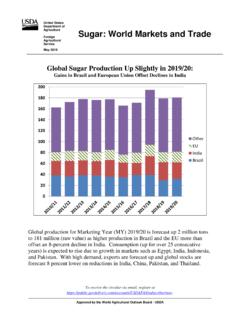
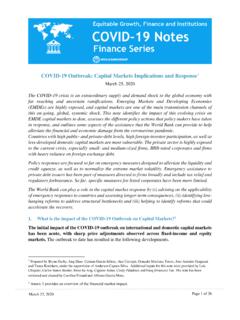
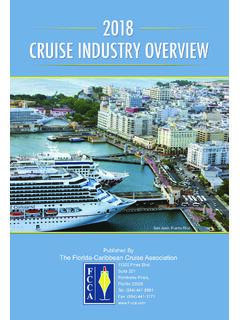

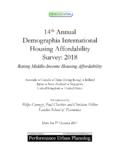
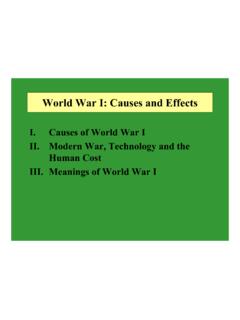

![)RUHLJQ $JULFXOWXUDO 6HUYLFH K ] o W t } o D l v d](/cache/preview/f/c/e/2/4/e/b/1/thumb-fce24eb1d5497a06f44eba8975ddfd0b.jpg)